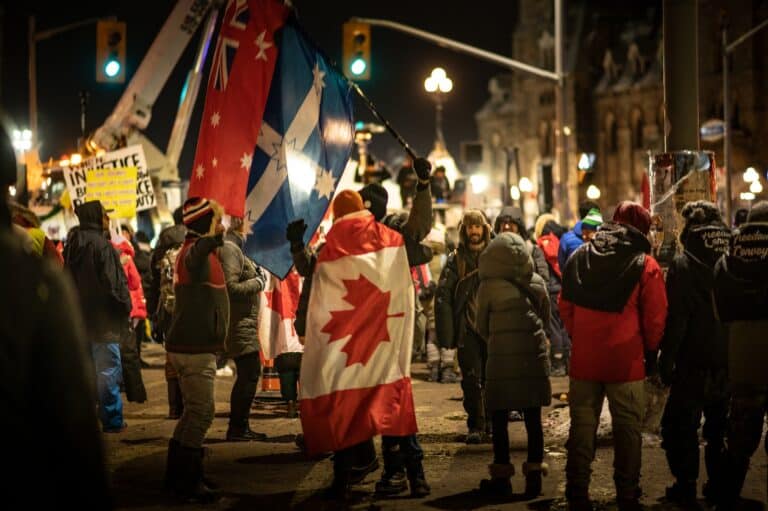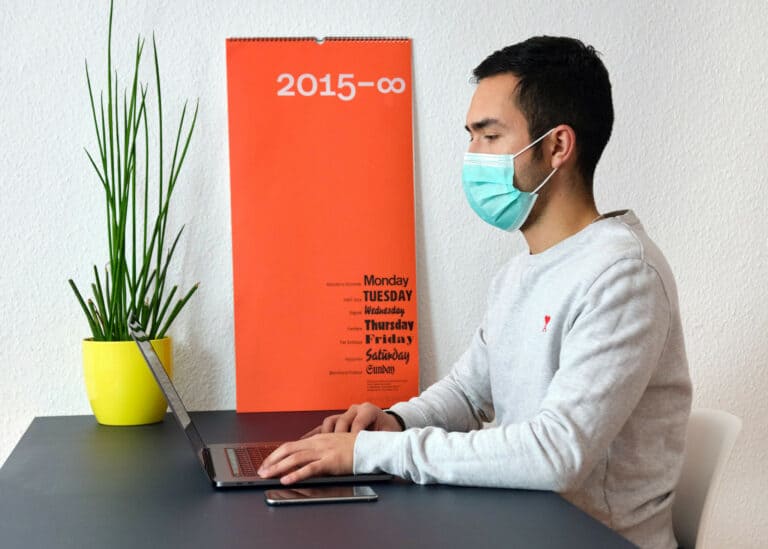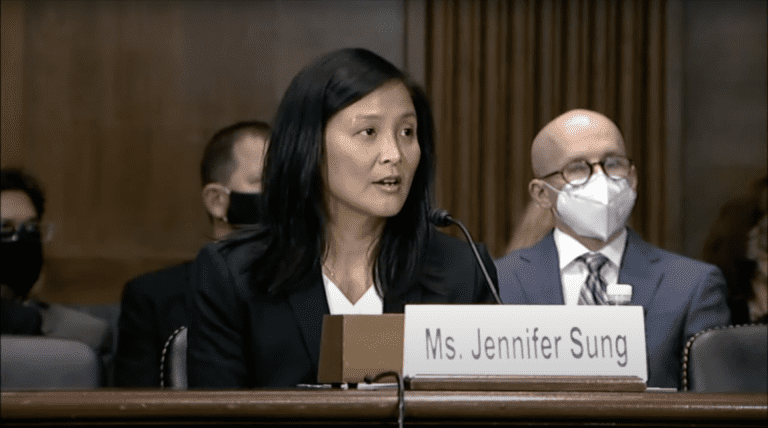
Alex Blutman is a student at Harvard Law School and a member of the Labor and Employment Lab.
On July 5, we covered Carl Nassib’s announcement that he is gay, becoming the first player in the NFL to be openly out and just the second in the history of the four major North American sports. Just less than a month after the Nassib news, Nashville Predators prospect Luke Prokop became the first active player under NHL contract to come out as gay, making the announcement in an Instagram post. Although no NHL player, neither active nor retired, has come out publicly, Prokop’s announcement adds momentum to a burgeoning culture shift in professional sports, as teams and leagues continue to challenge what has long been a hostile, homophobic environment.
After a temporary restraining order was converted to a preliminary injunction pending trial and, subsequently, 15-year-old Olivia Moultrie signed with the Portland Thorns, the National Women’s Soccer League appealed to the Ninth Circuit the trial court’s ruling barring the league from enforcing its 18-and-older age restriction. Citing gender equity, the NWSL argued in its brief that the court, in reasoning that the league’s age rule disproportionately harms female players when there is no corresponding rule in men’s Major League Soccer, is perversely requiring the NWSL to obey rules set by the men’s league. The NWSL also reiterated its argument that the trial court’s ruling interferes with its ongoing negotiations with the players’ union and should be barred under the Norris LaGuardia Act, which prevents courts from intruding on labor disputes. U.S. District Judge Immergut had said that the NGLA, which was designed to stop employers from using litigation to enjoin union picketing, does not cover the age limit dispute at issue here. Then, just a week after filing its brief, the NWSL appears poised to reach a settlement with Moultrie. It’s unclear, however, whether Judge Immergut will accept the joint stipulation, as the NWSL conditioned the deal on Judge Immergut’s agreement to vacate two key findings from the case: (1) that the league is not immune from antitrust law just because its teams operate under a single entity; and (2) that Moultrie’s claims are not barred by the league’s ongoing union negotiations.
As the NFL prepares for another season while COVID-19 cases rise across the country, the league is taking a hardline stance to prevent the spread of the virus among teams and maintain the continuity of the season’s schedule. Stopping just shy of mandating vaccination, the NFL last week sent a memo to teams outlining health and safety protocols for the upcoming season, which were agreed to by the Players Association. Although employers may legally be able to mandate vaccinations for nonunionized employees, vaccination for unionized employees, like NFL players, is likely a mandatory subject of bargaining. The most notable rule, which has drawn mixed reactions from players, would force teams to forfeit canceled games caused by COVID-19 outbreaks in their organizations that stem from unvaccinated players, and players on both teams would also lose their game checks. Moreover, unvaccinated players will be subjected to a fine of $14,650 every time they violate health and safety protocols. As of July 29, 87.9% of players had been vaccinated with at least one shot. Some teams have taken the added step of requiring unvaccinated players to wear identifying wristbands, a move NFL Players Association president JC Tretter called “nonsensical.” “They say they need a differentiator between vaccinated and unvaccinated players,” Tretter said. “We already have a differentiator. The unvaccinated players need to wear masks.”
The United States Women’s National Soccer Team filed a brief with the Ninth Circuit in their appeal of the district court’s partial summary judgment ruling against them on claims that they are paid less than the men’s team in violation of the Equal Pay Act and Title VII of the 1964 Civil Rights Act. The crux of the USWNT’s argument is that the bulk of both the women’s and men’s pay came from appearance fees and performance bonuses, yet the U.S. Soccer Federation paid the women a lower amount for such disbursements. The Federation’s partial summary judgment victory at the district court level was due in part to District Court Judge Klausner’s calculation that during the relevant period, USWNT players actually earned slightly more money per game, on average, than players on the men’s team. The USWNT takes issue with this “total compensation” approach, which focuses on per game pay and ignores results. The women earned about as much as the men, despite lower bonuses, because they won 30% more games than the men, and an analysis of “rate” of pay must take this performance into account, they argue. The fact that the amount of the performance bonuses was a negotiated term in the team’s collective bargaining agreement was also important to Judge Klausner’s summary judgment decision. The USWNT respond in their brief that they agreed to the best deal that was on the table at the time, and “a union and an employer may not bargain away employees’ rights to equal pay under the Equal Pay Act and Title VII.” In an amicus brief, representatives of the men’s players’ union argued in support of the women’s team, writing that U.S. Soccer “has spent more than three decades treating the women as an afterthought, discriminating against them through inferior wages and working conditions, and forcing the women to struggle for the equal pay and fair treatment they deserve.”










Daily News & Commentary
Start your day with our roundup of the latest labor developments. See all
December 13
In today’s News & Commentary, the Senate cleared the way for the GOP to take control of the NLRB next year, and the NLRB classifies “Love is Blind” TV contestants as employees. The Senate halted President Biden’s renomination of National Labor Relations Board Chair Lauren McFerran on Wednesday. McFerran’s nomination failed 49-50, with independents Joe […]
December 11
In today’s News and Commentary, Biden’s NLRB pick heads to Senate vote, DOL settles a farmworker lawsuit, and a federal judge blocks Albertsons-Kroger merger. Democrats have moved to expedite re-confirmation proceedings for NLRB Chair Lauren McFerran, which would grant her another five years on the Board. If the Democrats succeed in finding 50 Senate votes […]
December 10
In today’s News and Commentary, advocacy groups lay out demands for Lori Chavez-DeRemer at DOL, a German union leader calls for ending the country’s debt brake, Teamsters give Amazon a deadline to agree to bargaining dates, and graduates of coding bootcamps face a labor market reshaped by the rise of AI. Worker advocacy groups have […]
December 9
Teamsters file charges against Costco; a sanitation contractor is fined child labor law violations, and workers give VW an ultimatum ahead of the latest negotiation attempts
December 8
Massachusetts rideshare drivers prepare to unionize; Starbucks and Nestlé supply chains use child labor, report says.
December 6
In today’s news and commentary, DOL attempts to abolish subminimum wage for workers with disabilities, AFGE reaches remote work agreement with SSA, and George Washington University resident doctors vote to strike. This week, the Department of Labor proposed a rule to abolish the Fair Labor Standards Act’s Section 14(c) program, which allows employers to pay […]